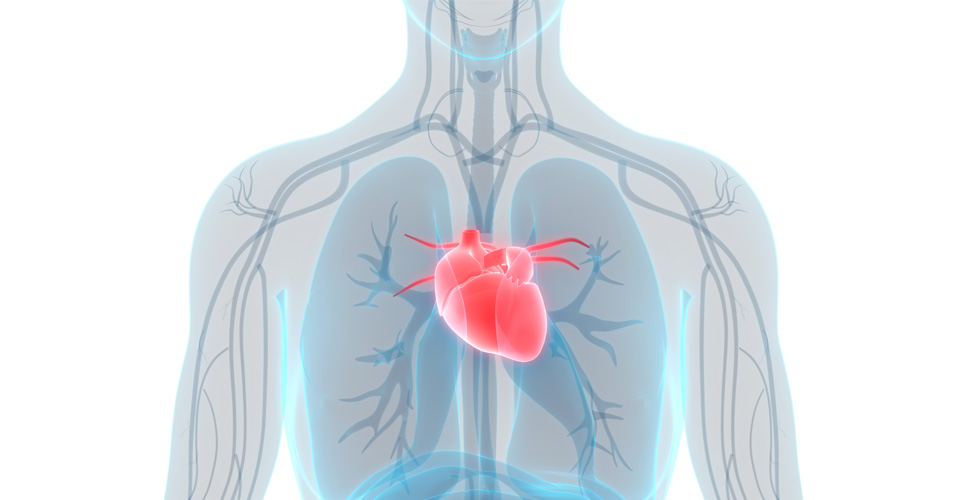teaser
A large prospective epidemiological study gives data on the risk ofmyocardial infarction (MI) with the major classes of antiretroviraldrugs, suggesting that protease inhibitors are associated with a higherrisk than non-nucleoside reverse-transcriptase inhibitor. The authorsnote that an increased risk of MI has been associated with anti-HIVdrugs, including evidence from earlier results from their study cohort,but that the data are uncertain on the magnitude of the risk andwhether it is related to specific drugs. This paper reports longer-termdata from the Data Collection on Adverse Events of Anti-HIV Drugs (DAD)study, a multinational prospective cohort study aimed at determiningthe adverse effects of these drugs in routine practice.
Thecohort includes HIV-1-infected people in 21 countries, followedprospectively through routine outpatient clinic attendance. Data on allcases of MI were reported, and analysis was pre-specified to take placeonce sufficient events had occurred for reliable results. The primaryoutcome for this paper was the relationship between MI and exposure toeither protease inhibitors or non-nucleoside reverse-transcriptaseinhibitors.
With a median of 4.5 years follow-up of 23,437patients (94,469 patient-years), 1,518 (6.5%) patients had died andthere had been 345 MIs, about a third fatal. Increased exposure tocombination antiretroviral therapy was associated with increased riskof MI (relative rate 1.16 per year of exposure; 95% CI 1.09–1.23).Although analysis was complex due to multiple drug exposures, itindicated that the risk was predominantly due to protease-inhibitorexposure, with a relative rate of 1.16 (95% CI 1.10–1.23) compared with1.05 (95% CI 0.98–1.13) for nonnucleoside reverse-transcriptaseinhibitors. Adjustment for dyslipidaemia reduced the association,suggesting that this was a significant causative factor.
Theauthors conclude that exposure to protease inhibitor antiretroviraldrugs is associated with an increased risk of MI, with effects on serumlipids being partly responsible. An accompanying editorial comments onthe study. The author notes that the absolute risk increase is fairlysmall and that the risk increases associated with diabetes and smokingare much larger. Aggressive treatment of the HIV infection is the firstpriority; subsequently, modifiable risks for cardiovascular diseaseshould be managed appropriately.
Also accompanying thispaper, a Perspective article discusses in more general terms the use ofobservational studies to examine adverse effects of treatment. Whilethey are necessary because randomised controlled trials are too smallto provide data for reliable evaluation of adverse effects, they haveproblems with confounding variables and accounting for mechanisms ofsuspect events. The article discusses some of these issues and howproblems in attribution of mechanisms could arise.
New Engl J Med 2007;356:1705-7,1723-35,1773-5
